Date: 31 July 2012
You might have thought that niceties of design would get in the way of its relentless contest with other financial centres to be the most fearsome money machine in the world, but no. The rulers of the City permit themselves the incredible luxury, inconceivable in Singapore, Shenzhen or even Canary Wharf, of weighing and deliberating every tweak of its fabric.
There are the historic buildings, the monuments of Wren, Hawksmoor and Lutyens, that are reverentially coddled. There are also the monuments of the masters of our own time, as recognised by the biggest architecture award in the world, the Pritzker prize. There are works by no fewer than five winners of the prize (Norman Foster, Richard Rogers, Jean Nouvel, James Stirling and Rem Koolhass’s practice OMA) within the Square Mile. A sixth, Renzo Piano’s Shard, makes its presence felt from just outside its boundaries. Such concentrations are hard to find outside places such as Saadiyat Island, the instant cultural district under construction in Abu Dhabi, or the 1980s tea services designed for the Italian company Alessi, by the biggest stars of the time.
The latest addition to the collection, OMA’s whitish tower for the financial advisory group Rothschild, has ghosted its way on to the skyline with a surprising degree of discretion. Usually every sneeze of Rem Koolhaas and his team is the object of global fascination by architects and followers of architecture, but this not-small building has been sitting there for some time, its exterior more or less finished, without anyone paying much attention. Now the interior fit-out is also complete, bar a few details.
The discretion is part of Rothschild’s corporate personality. As a distinguished 200-year-old institution, it doesn’t feel the need to shout. It doesn’t put its name on the door, and while it hangs a coat of arms outside, reused from former buildings, this is not very communicative to non-students of heraldry. It is located in a lane of extraordinary narrowness a short distance from the Bank of England, a narrow strip of pitted tarmac that seems one remove from being a cart track. You are supposed just to know that it is there and if you don’t, you are not someone who needs to know or whom it needs to know.
You do, however, know that you are in the presence of something with a high degree of self-confidence. From the lane you rise through a steel colonnade to an ample podium of perfect emptiness, the main body of the building overhead, which then opens on to an also ample reception area. You are treated to the luxury of sheer space, precisely delineated with the oblong architecture. The floor is of travertine, also the ceiling, which creates a vertiginous blurring of up and down. Off to one side is an oak-shelved library that will house the Rothschild archive
.jpg)
‘Sheer space’: the reception area. Photograph: Philippe Ruault/OMA
Should you be allowed past the security barriers you can then rise through the building, past the gym and cafe, and floors of close-packed desks, to the top levels of meeting rooms, dining rooms and events suites. There is a quasi-Soviet collectivism about the way the place is organised; as in the 1920s Narkomfin housing project in Moscow, the space allotted to individuals is modest, but the shared spaces of exercise, eating and meeting are generous.
In these spaces, an ever more magnificent panorama unfolds. In one direction St Paul’s Cathedral sits in mighty repose, placed in the middle of a glass wall as if it were put there for the special benefit of Rothschild. In another there are the Gherkin and other towers of the City, which somehow look more impressive and serene than they do from ground level. These are celestial, Olympian spaces that convey the certainty that this – here, at this elevation, in this part of London – is where Rothschild belongs.
.jpg)
‘As if it were put there for the special benefit of Rothschild’: the view of St Paul’s Cathedral. Photograph: OMA
It is not all about sheer pomp and prestige. This is not OMA’s way, and running through the building are touches of wit, irony and teasing. There is a play of small and big, which starts with the transition from lane to podium and continues with such things as extra-heavy or extra-light handrails. There are very thick walls (“Like castles and palaces,” say OMA) and very thin ones made of glass.
There is also a play with the history of which Rothschild is so proud. In the meeting rooms are ancestral portraits, of well-mounted men riding to hounds and such like, and antique furniture. These are placed, with a touch of the eclecticism of a boutique hotel, alongside glass and aluminium, the latter embossed, in another moment of old/new overlay, with woodgrain patterns from the old oak panelling.
.jpg)
‘The interplay of oak, oil paint, silk and aluminium is where all the fun is to be had.’ Photograph: OMA
In Richard Rogers’s Lloyd’s Building a Robert Adam interior, imported from the institution’s earlier premises, was recreated. There, it is a touch embarrassing in relation to the high-techery around it. In Rothschild the interplay of oak, oil paint, silk and aluminium is where all the fun is to be had. It delivers the required message that the institution is both ancient and modern. More than that, it is shown to be cultured, sophisticated, self-aware and sufficiently self-assured to allow a little humour. Rothschild advises but doesn’t lend, which sets it apart from the casino banks of ill-repute, and its architecture reminds you of this fact.
OMA also likes to squeeze whatever public value there might be in a commission, even out of a discreet private bank. The colonnade along the lane can be used by anyone, in effect widening the street, and on the far side of the podium a view opens up to the churchyard of Wren’s St Stephen Walbrook. It is clear that the podium is privately owned space, but the building still offers more than the many City blocks which rise sheer and opaque from the pavement. Next door, for example, one of Foster’s least good works has been squelched on to the ground, an assertive, ribbed, over-inflated blob that is oblivious to its surroundings. OMA’s building interacts with its neighbours, enriching itself and them in the process.
The City’s fondness for architecture has, in fact, its limits. Often it runs as far as licensing a big name to sculpt the external form of a block, but not to such architectural qualities as the play of volumes and scale, the interconnection of outside and in or the creation of three-dimensional settings for the lives that go on in and around a building. Rothschild does all these things, with skill and subtlety. The only shame is that some of the best bits are on the far side of the security barriers. Come the revolution, though, it will make a great collectivist housing scheme.


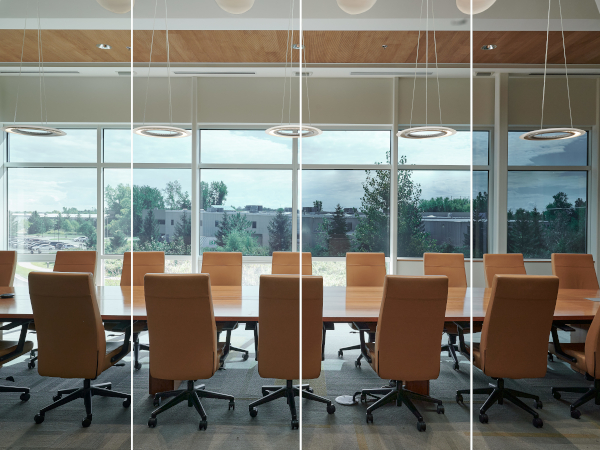


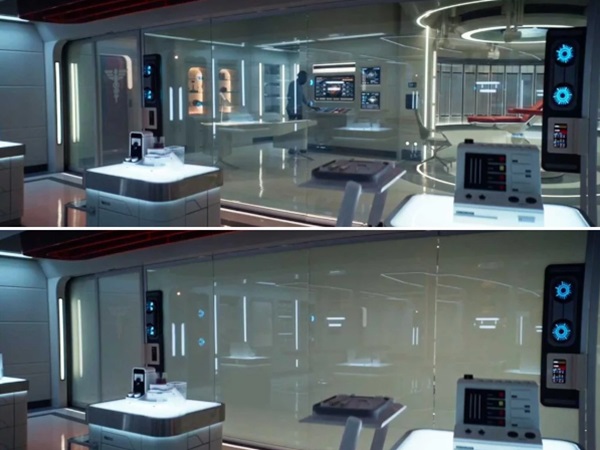
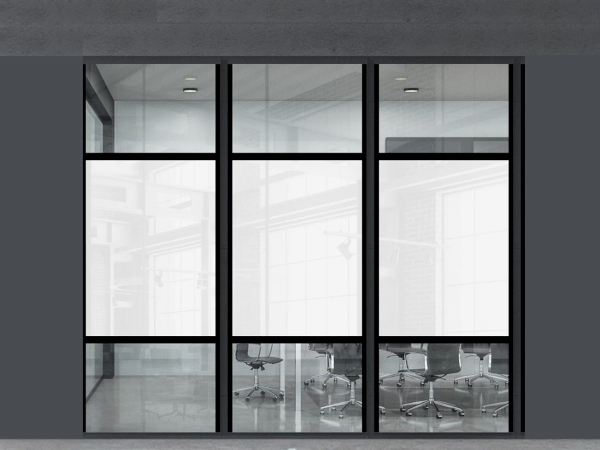



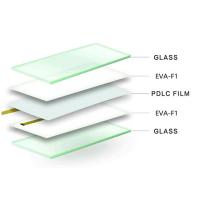
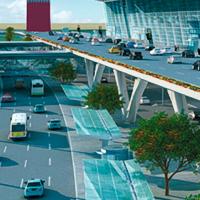
Add new comment